Contents
-
Introduction and is it safe to visit the Chernobyl Exclusion Zone?
Disclaimer: The goal of this post is not to convince you to visit the Chernobyl Exclusion Zone. This is an informative piece that outlines my experience and provides you with basic information as well as my personal takes on the Chernobyl Exclusion Zone.
I vaguely remember my grandfathers funeral. A few years later it was my grandmas. Then one uncle. Then the other. Then my other grandpa. Cancer. Then me. I wish I was able to accept it as simply “it being their fate” or that “this is how it was meant to be” because a higher force willed it.
On April 26, 1986 at 1:23AM, there was an explosion in the # 4 reactor in Chernobyl, Ukraine. The silent killer. No one had a clue that the air they were breathing, radiation, was slowly eating away their flesh and bones. My father was about 7 hours north in Minsk, Belarus so by the time he woke up on April 26th – he was already inhaling the breeze coming from nuclear power plant. The rest of my family was scattered around Ukraine within a few hours away from the accident. Everyone got a dose.
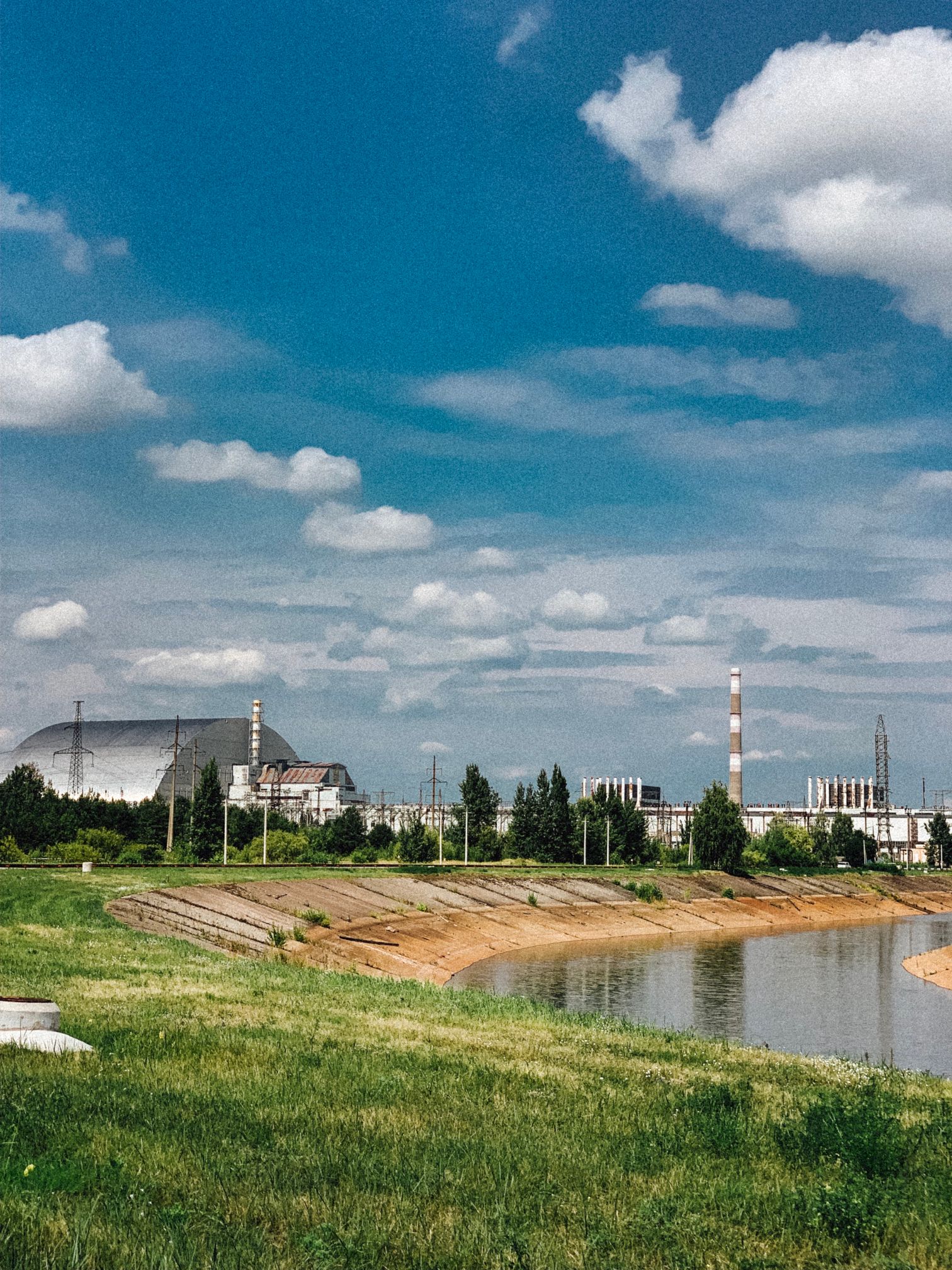
The fate of hundreds of thousands of people was not simply fate: it was the result of a man made disaster. The entire world was perpetually and systematically let down. Many died, thousands didn’t live to see 40, miscarriages, abortions, children born with defects, cancer, an abandoned city, a 30KM exclusion zone, and a possibility of another explosion that could’ve wiped out most of Europe. “This is how it was meant to be,” is simply not enough for me. So I decided to go and see and learn for myself.
The question of safety does not have one true answer. People live in Chernobyl now. Mostly scientists, professors and scholars. No children under the age of 18 live there, inhabitants can’t walk outside after 10PM and can’t drive cars after 8PM. The “residents” of Chernobyl can only spend 15 days out of a month in the city. Given these circumstances, it is hard for me to believe that it is as safe as they say. I spoke with many people before making the decision to go … including scholars, locals and scientists. I read articles and watched documentaries. The general conclusion is that spending a few hours at various radiation levels cumulatively will only equate to the dose you would get from a cat-scan. During the Chernobyl Exclusion Zone tour, I’ve encountered a wide range of radiation levels (measured with a personal dosimeter) … generally on the lower end of the scale. To reiterate, this is an extremely personal decision to make and I recommend that you do as much research as possible before hand. Here is a link to some great reads and documentaries about Chernobyl.
This is what it’s like visit the remaining soil of one of the worst disasters in history. Welcome to the Chernobyl Exclusion Zone.
-
How to get to the Chernobyl Exclusion Zone
To visit the Chernobyl Exclusion Zone, you must go with a legally operating tour guide or group. You cannot visit Chernobyl on your own as there is security and passport control to enter the site (don’t forget your passport!). I went with go2chernobyl which offers 1 day tours for $99 ($49 if you have a Ukrainian passport), 2 day tours for $249 ($118 if you have a Ukrainian passport), and individual tours (private or for private groups). These are standard prices across all tour operators and the only price that varies is if you book a private tour. Private tours range anywhere from $300-500 and beyond. Tours that are multiple days accommodate visitors with a hotel located in Chernobyl city.

The day will begin early at around 8 AM (for the 1 day tour). The bus drive from a central location in Kyiv to the first checkpoint is around 1.5 – 2 hours long. You will learn the basic rules about radiation safety and conduct in the Chernobyl Exclusion Zone and a brief documentary on the disaster. Tour guides generally speak English, Russian and Ukrainian. For an additional $75 you can hire a separate interpreter to translate to your mother tongue.
-
What to expect from the Chernobyl Exclusion Zone
Once you pass the checkpoint, you will drive towards the 30KM Chernobyl Exclusion Zone – the entire area is split into zones based on how many kilometers they are from the reactor where the explosion occurred. You will see Chernobyl, where many people still work and live. There is a park, a Church, a river port, a memorial and many more interesting areas. There are many abandoned villages in the area as you continue driving through the zones (20KM, 15KM, 10KM, etc). Lunch is served at the main cafeteria which the tour guides say is “the cleanest place in all of Chernobyl.”
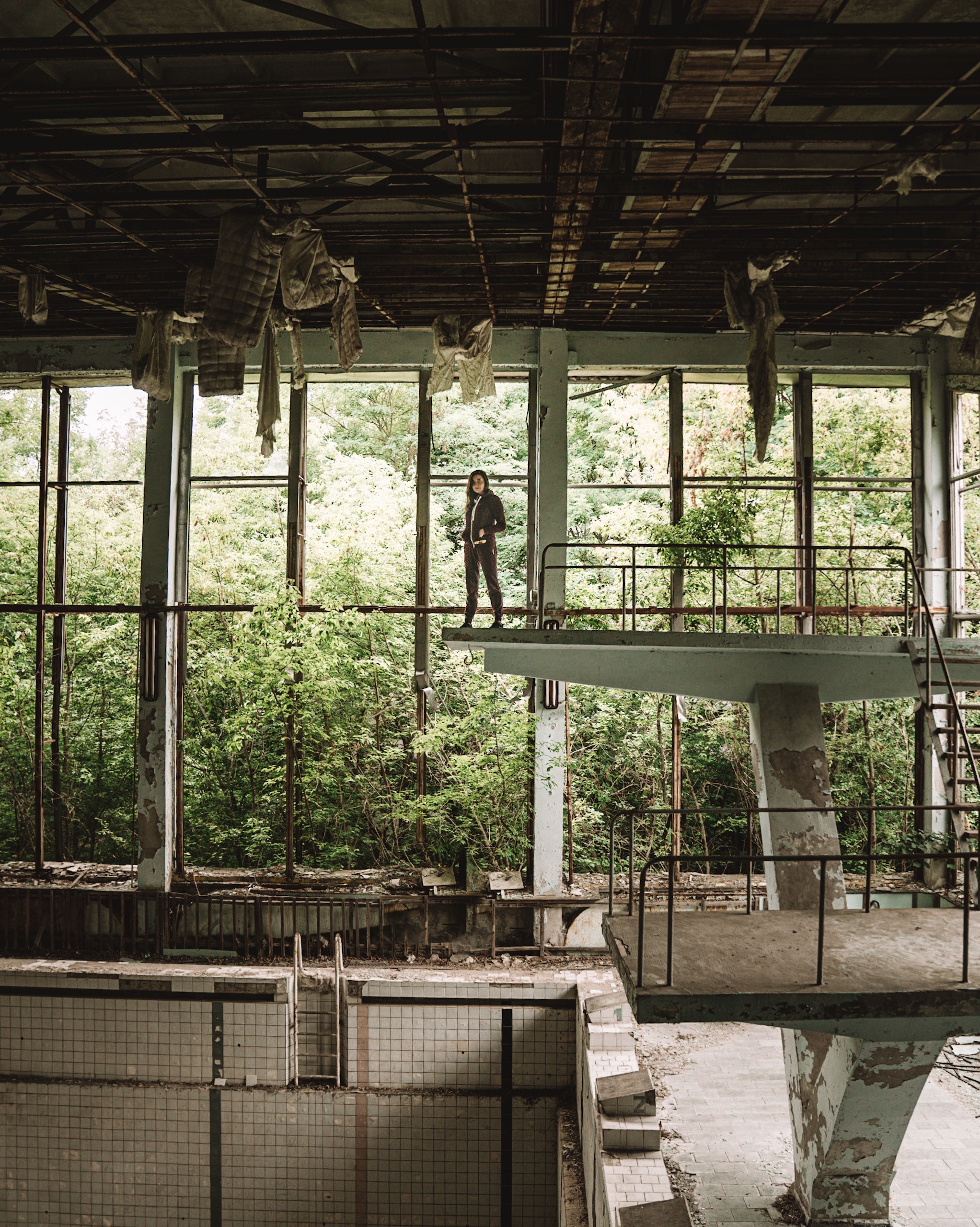
In order to get into the cafeteria, you have to go through a special radiation machine that determines if you are “clean enough” to come inside. In the unlikely occasion that someone doesn’t pass through the machine, visitors are told to wash the contaminated body part/piece of clothing. You will have to go through the same machine when you are departing from Chernobyl back to Kyiv. After lunch you will see Chernobyl-2, a secret city and radar station that still stands because it is too contaminated to destroy. You will also visit Pripyat, the quite literal ghost town that thousands of people evacuated from (thinking that they would return within a few days). The one day tour ends around 5PM and you will be back in Kyiv at 7PM depending on traffic.
-
What to wear to the Chernobyl Exclusion Zone

The one day Chernobyl Exclusion Zone tour will last an entire day and requires quite a bit of walking. Contrary to popular belief, there is no requirement to wear any special suits or masks for the tour. You are required to wear clothes that will cover your body as much as possible. Long sleeves and pants as well as closed shoes are a must. I recommend wearing sneakers. If you want to be extra safe, wear something that you can throw out after the tour. If not, wash your shoes and clothing a few times upon returning! A mask is not a requirement and although I wore one to avoid breathing in any dust picked up by the wind – I do not think it did much.
-
Things to keep in mind about the Chernobyl Exclusion Zone
This is not an average tour. Aside from the security requirements of entering the Chernobyl Exclusion Zone, the rest of the tour felt like “every man was for himself.” Let’s look at an example:
During the tour, you will have a chance to visit some abandoned buildings, hospitals, gyms and more. Officially, this is absolutely not allowed. Many of these places are falling apart. In fact, I was exploring a second floor apartment in one building and the floor underneath me cracked, sending me knee deep into the crack. Tour guides are not supposed to let visitors go to these places but they do and they let you go on your own for a designated period of time. I can’t complain, seeing all these areas was pivotal to the experience but the bottom line is: be the best judge of your own safety. I believe that within a few years even the tour guides will stop breaking the rules because the buildings are deteriorating.

We were strongly advised against eating and drinking outside in the Chernobyl Exclusion Zone. Personally, I did not feel comfortable eating at the cafeteria either because it is located right across from the power plant. I brought my own water and snacks but ultimately avoided eating until leaving the Exclusion Zone. Drinking was inevitable and I only drank inside the bus.
Everyone is given a dosimeter that measures cumulative radiation for the day. You will see the numbers on the dosimeter change as you walk around. A cat-scan gives you a dose of about 15 mSv (in perspective) and my dosimeter’s values ranged anywhere from .14 – 40. My cumulative radiation for the day was equivalent to that of a transatlantic flight. Is it a valid statistic? How do we know this isn’t another covered up lie? Well, we dont.
Key take aways from my trip to the Chernobyl Exclusion Zone
I am not here to tell you to go to Chernobyl or not to go but I will say that to me the experience was worth it. I am a childhood cancer survivor and I was born in Ukraine. Although I will never know for sure why I had the diagnosis, Chernobyl is a believable theory. Visiting the Chernobyl Exclusion Zone was a very personal trip for me for this very reason. Walking through the abandoned homes, imagining life inside of them … I have never experienced emotions like the ones in those very moments.

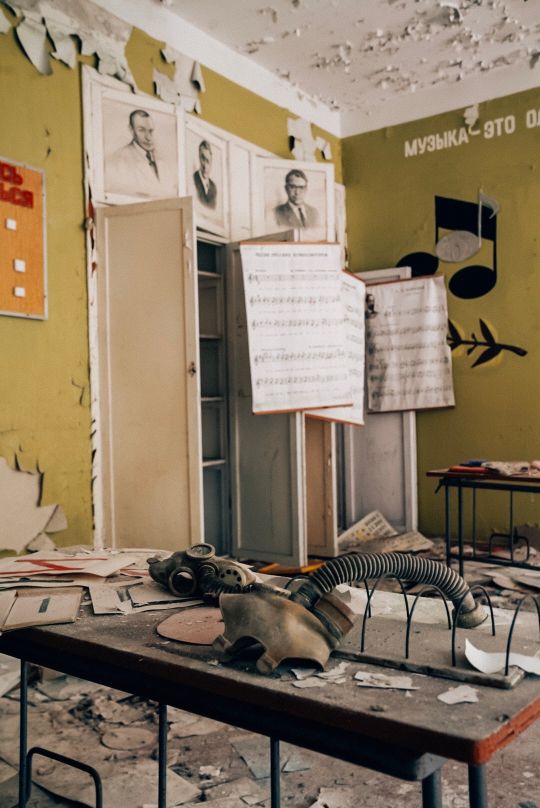
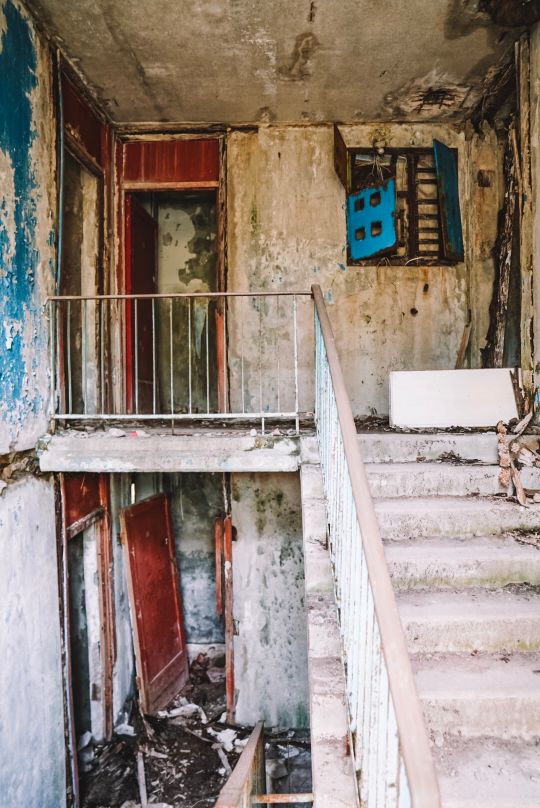
I felt a sense of anger that is very deep in an abandoned school in Pripyat. It was a different feeling – anger on a cellular level. As I walked through the gym, I imagined kids playing basketball. I pictured them sitting at their desks, passing notes to each other during class. I can picture them running around outside … on the morning of April 26th, breathing in the silent toxic breeze. Where are they now? Are they alive? Are they healthy? How are their kids?
I felt a very silent kind of angry. Why didn’t anyone say anything? Why were officials letting people get married the day of and after the accident? Taking happy photos in front of the Pripyat sign where all the trees rotted and turned red within hours of the accident ? Why were kids allowed in the playgrounds? Why was everyone looking forward to the May 1st festivities? The answer is “so the people don’t panic.” And I’m angry that on some level I understand the latter, too. And so … roughly 2 days after the accident – the people of Pripyat calmly evacuated their homes, taking only their most necessary belongings. It was said to be the most efficient and coherent evacuation – because everyone thought they would return in just a few days. But they never returned. And the city is now dead forever.

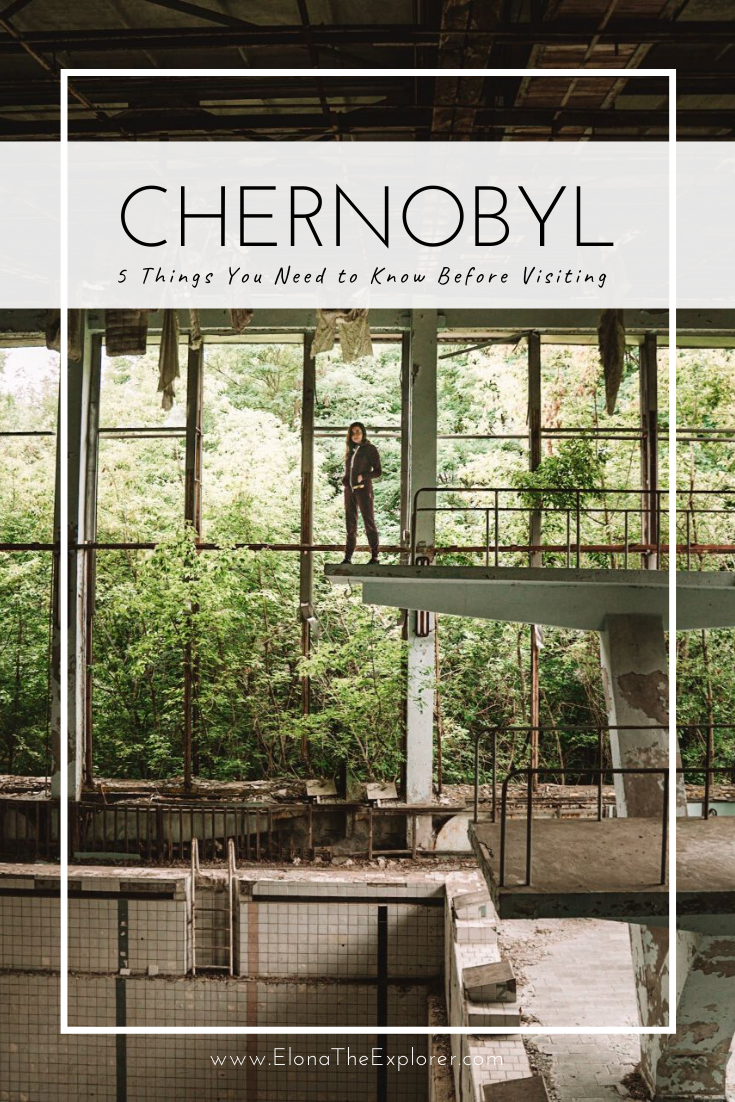
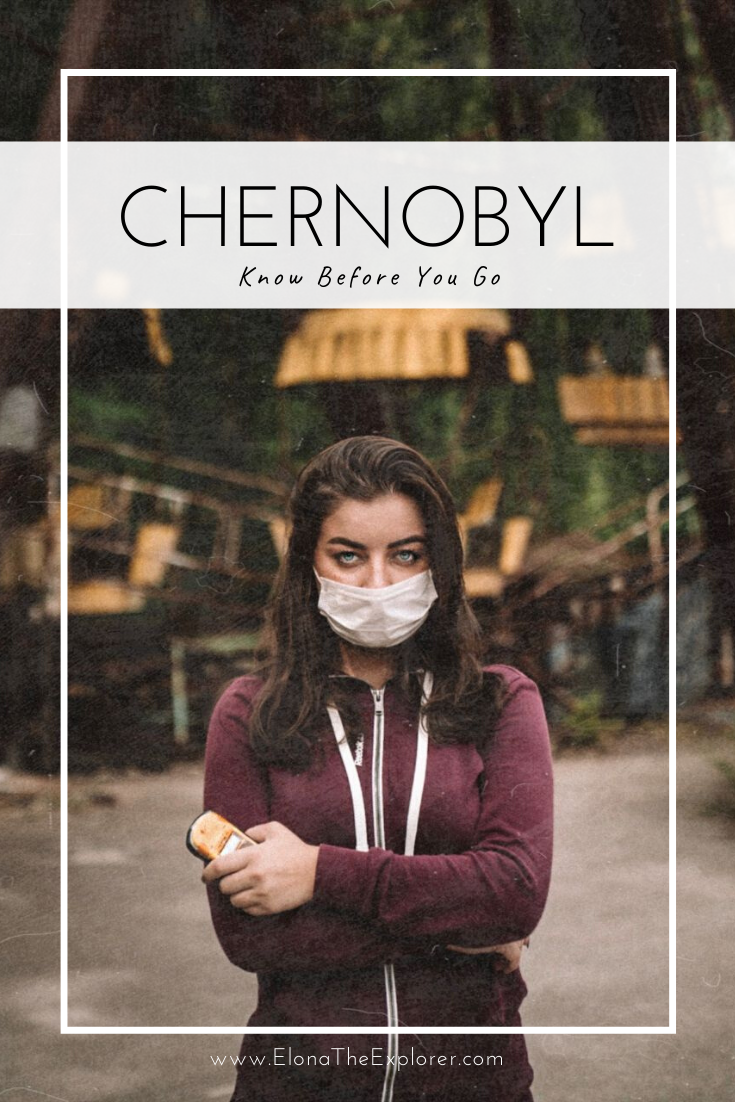

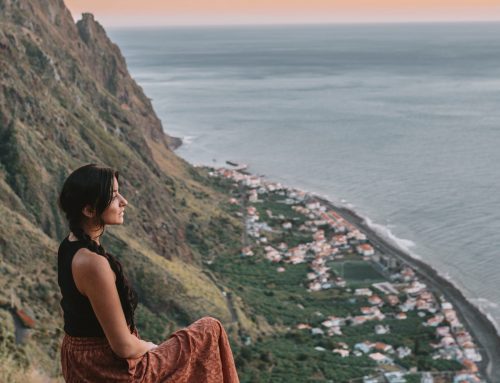
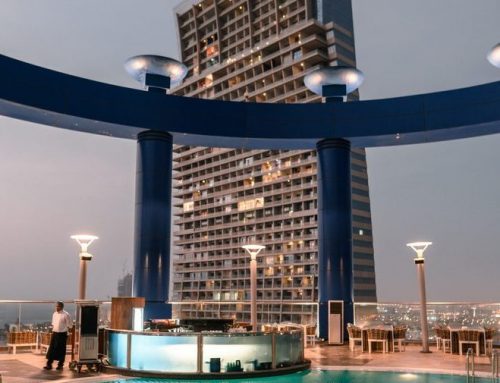



Leave A Comment